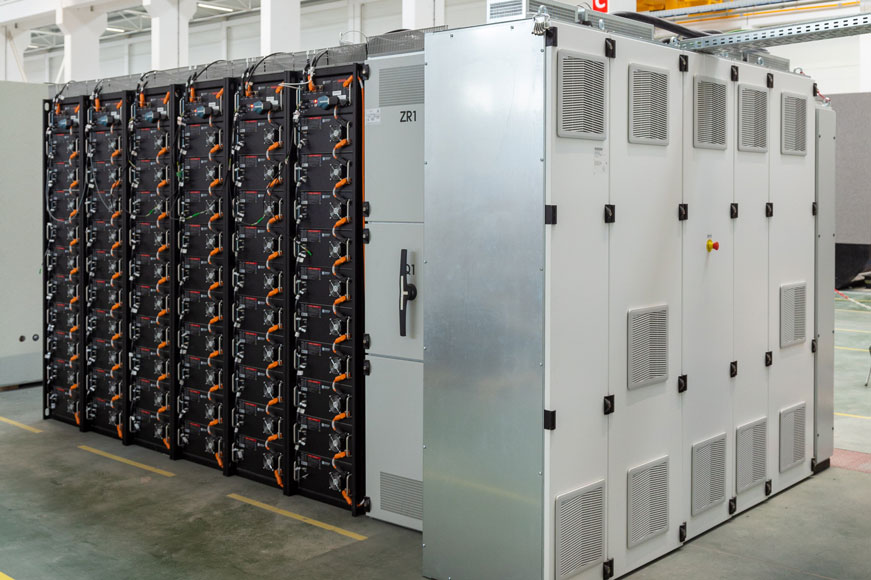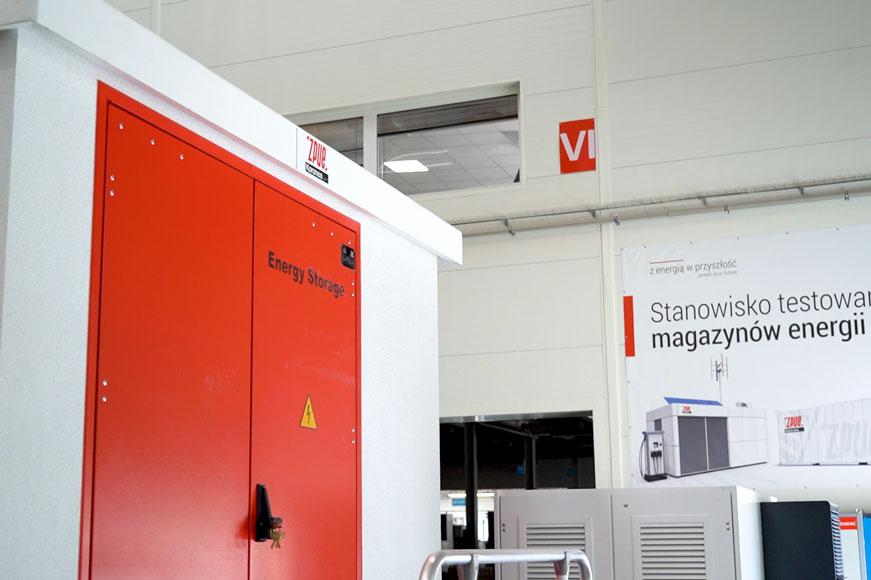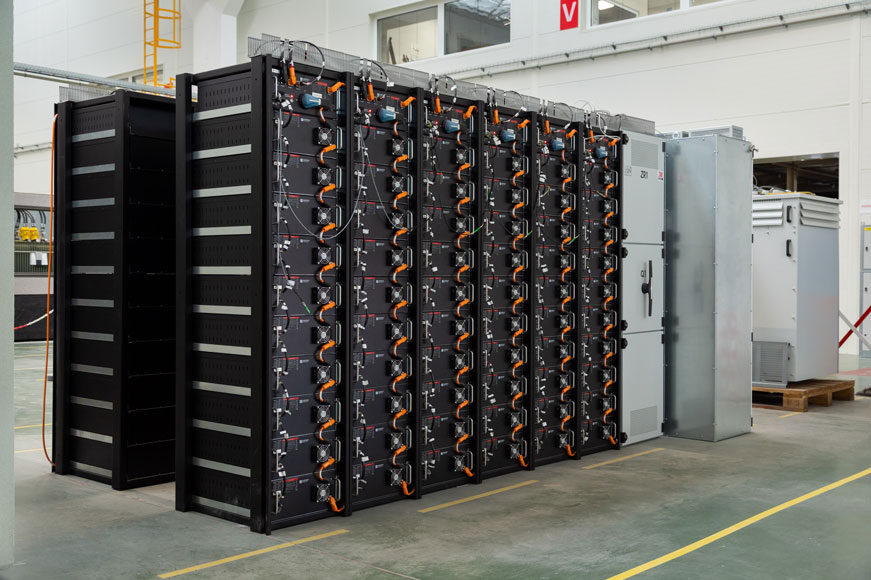The world is undergoing an accelerated energy transition that presents us with new challenges and opportunities. It is no longer possible to avoid the topic of the resources we will use for energy. But is it possible to move rapidly towards RES and away from fossil sources?
Artur Kozinski, head of the New Technology Development Department at ZPUE S.A., explains that we are at the stage of energy transformation, in which the aim is to switch to renewable sources. And they, in the context of generation, are unstable. So there is no move away from fossil sources without energy storage, he stresses. This applies to any RES technology.
Today, when installing a few or a dozen kilowatts of renewable technology, we need to have almost the same amount of power in stable, or traditional, sources. This is in order to maintain continuity of supply when the sun stops shining and the wind stops blowing. To keep efficiency high when using RES, the operation of conventional power plants is temporarily reduced and they produce much less energy than they should. But they cannot be completely extinguished so that a blackout does not occur. Energy must be smoothly delivered to the electricity system and finally to consumers.
At present, the construction of photovoltaic, wind or biogas plants alone, i.e. the use of sources which are not very stable, does not have the full effect in terms of CO2 reduction. Due to the fact that conventional sources have to work anyway, if only with reduced efficiency.
This does not change the fact that the number and type of conventional sources must be reduced.
Energy transition and stability of supply

The transition to renewables is inevitable, but requires support in the form of energy storage. As Artur Kozinski explains, renewable technologies such as photovoltaics and wind turbines are unstable and require parallel support from conventional power plants. The use of energy storage facilities makes it possible to reduce dependence on these conventional sources and ensure continuity of energy supply in situations when the sun is not shining and the wind is not blowing.

Energy storage in the energy mix
Kozinski points out that a properly composed energy mix requires a balance between different energy sources. Combining RES with energy storage gives a more stable effect, allowing CO2 emissions to be reduced and reducing the share of coal-fired power plants in the system. Such solutions create a kind of hybrid network that better balances energy production and consumption.
Environmental responsibility
In the context of concerns about the environmental impact of energy storage technologies, Kozinski emphasised that current lithium-ion batteries are largely recyclable. He also pointed out that work on new electrode materials is progressing rapidly – the aim is to develop more sustainable technologies that reduce reliance on rare earth metals.
Exceptional ZPUE projects
An example of innovative implementation of energy storage by ZPUE is the project carried out for the Maersk company in Mszczonów. The installation, comprising a 400 kW energy storage facility with a capacity of 1,065 kWh, makes efficient use of the energy generated by the photovoltaic installation on the roofs of the warehouse halls. The project required a comprehensive approach, including designing a suitable room and adapting the warehouse management system to meet the client’s specific needs.

Energy trading and the future of the market
Heading the New Technology Development Department at ZPUE, he noted that energy storages become not only a tool to stabilise the grid, but also enable energy trading on the market. They allow companies to buy energy when it is cheap and sell when prices rise. Such opportunities will develop with the implementation of dynamic tariffs, which will allow greater flexibility in managing energy costs.
Innovation in electromobility
Speaking about electromobility, Kozinski highlighted the increasing demands on batteries in electric vehicles. An example of innovation in this area is the projects of Tesla, which is working on batteries with a life span of more than one and a half million kilometres. In this area, the future looks as promising as in energy storage.
Premiere at the Munich Trade Fair
ZPUE is also preparing a novelty – a 300 kW charging station to be presented at this year’s Munich fair. As Kozinski explained, the station allows for dynamic power sharing between two connectors, making it ideal for electric vehicles, including trucks and buses requiring fast charging.
ZPUE’s solutions show how a combination of technology, knowledge and a sustainable approach can build a clean energy future. The company is proving that innovation and responsibility can go hand in hand, changing the face of the electricity industry.

